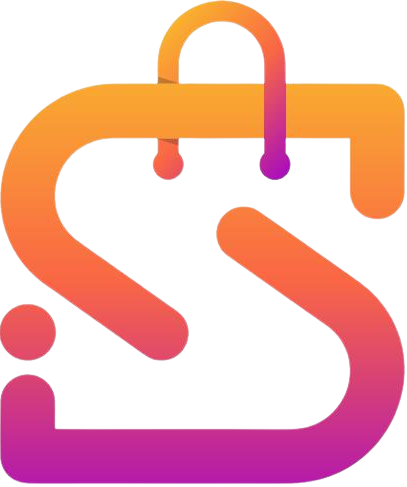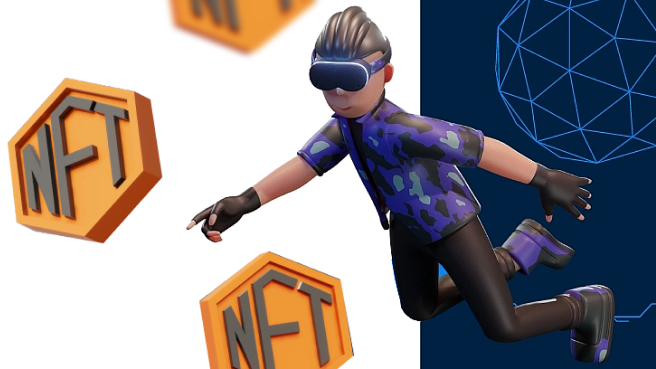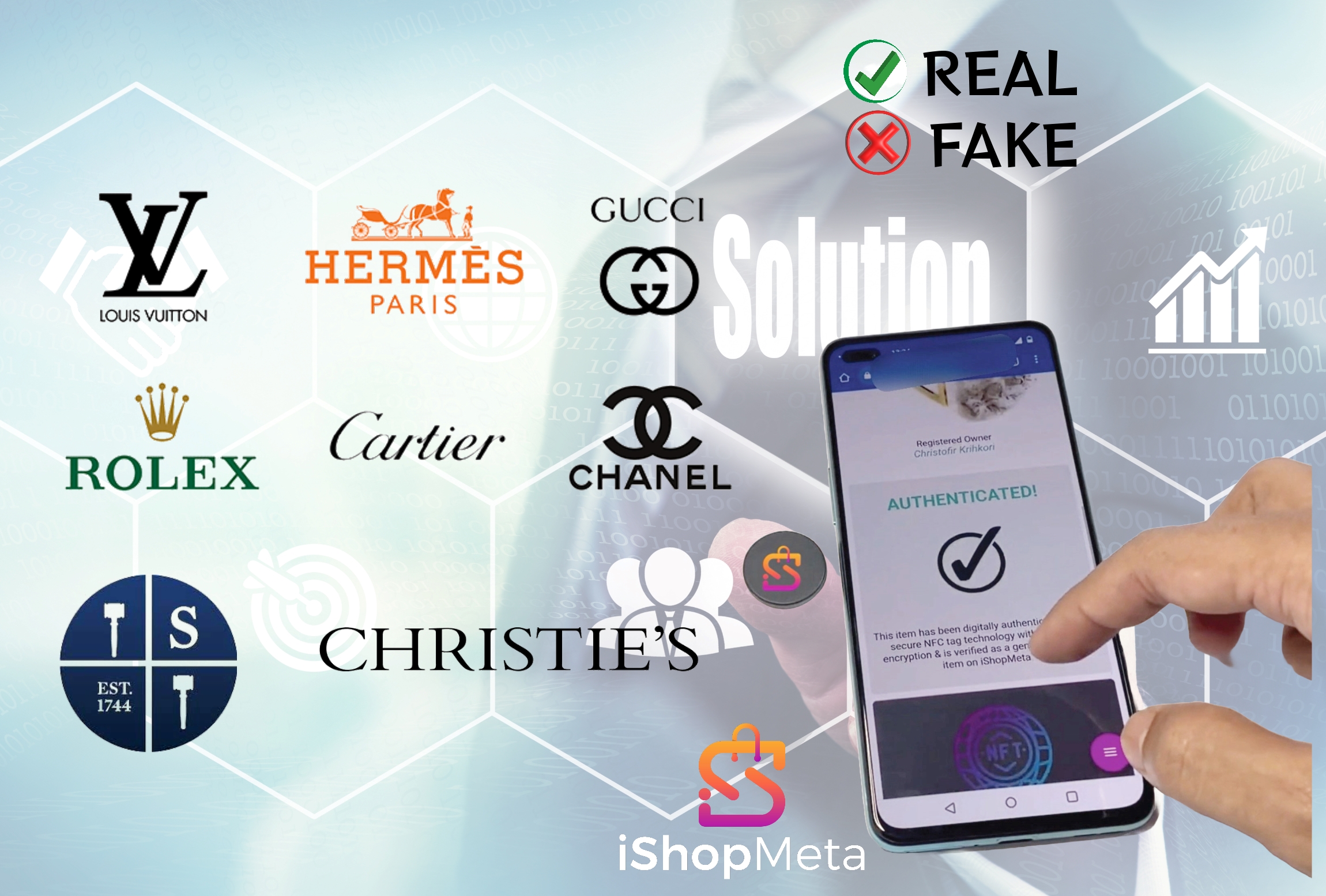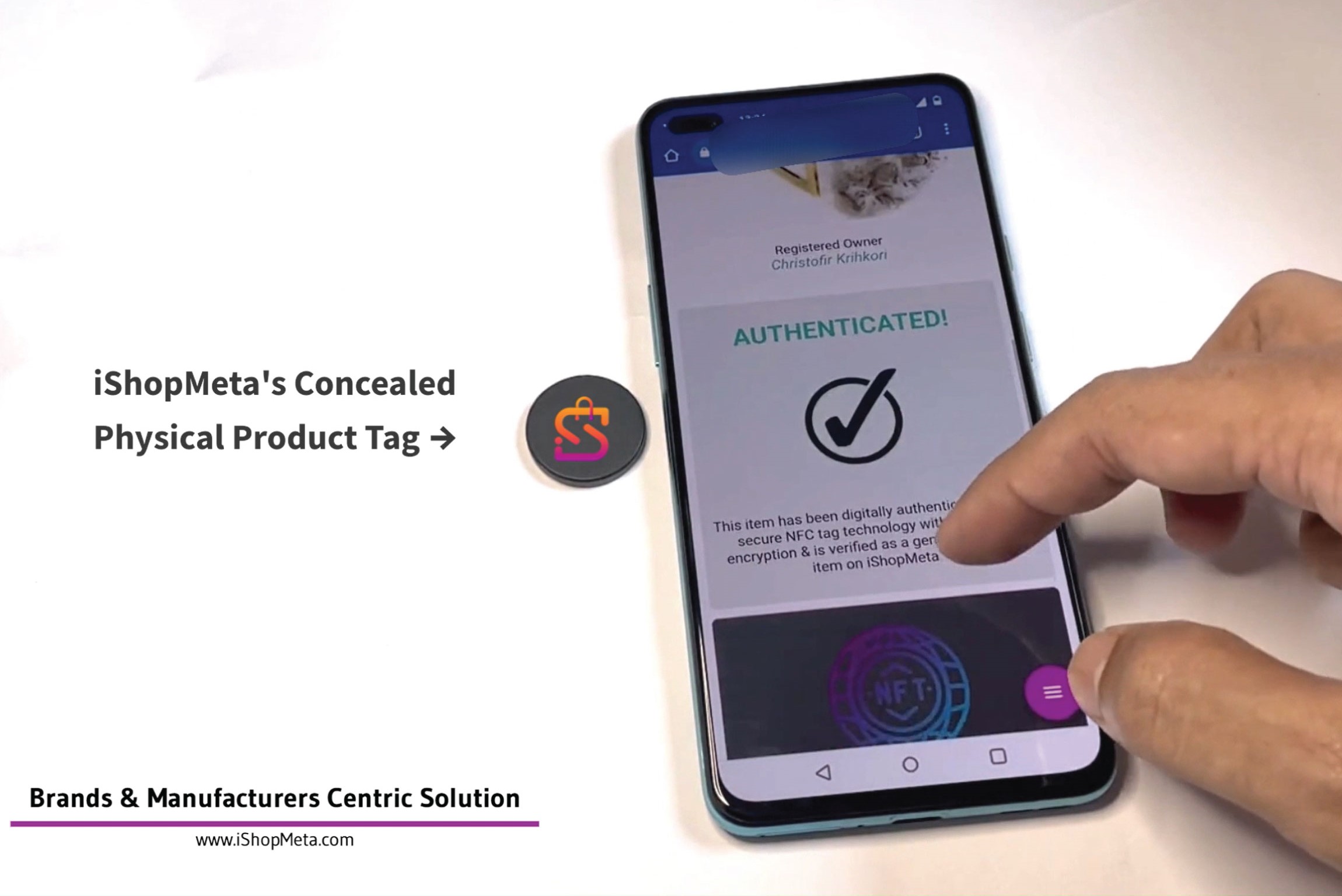NFTs have witnessed a major influx in their popularity over the past few years. In turn to this massive surge, creators worldwide from different countries have begun searching for ways to find their place in these digital tokens. While some NFT creators have found satisfaction in creating their own NFT marketplaces, most have found third-party platform partnerships like OpenSea more feasible for their bank accounts. When everyone is turning themselves into this digital world, it’s worth exploring what makes these platforms so popular and the different types of NFT marketplaces you can use for NFT hunting.
OpenSea
Launched in 2017, the OpenSea remains the top contender in the NFT game in 2023. It’s the largest marketplace hosting NFTs from different niches like art, music, trading cards, etc.
Due to its user-friendly interface, it allows an army of creators and collectors to interact with the marketplace easily. They can seamlessly use the interface to list and trade their NFTs. Along with the other useful benefits, this marketplace also allows creators to set prices,
choose from various royalty options to receive ongoing compensation for their art (even post-selling it).
The core currencies you can use on this NFT marketplace are Ethereum, Solana, and USDC, and you have to pay for the 2.5% processing fees charged for operating on OpenSea. However, if you want to avoid paying the fees, the platform welcomes you to use Polygon.
Binance
Offering typical digital assets found on other marketplaces, Binance is one of the most trusted marketplaces among crypto and NFT enthusiasts. It was started in 2021 but has gained massive traction due to the support for a wide range of cryptocurrencies.
With an easy-to-navigate, Binance also opens for Ethereum as you base currencies for buying NFTS. One of the major advantages that Binance offers is the low processing fees.
It only deducts a 1% trading fee, a minimal charge compared to the other marketplaces. The platform makes it especially easy for beginners looking to start their NFT journey.
Rarible
Although Rarible was started in 2020, it hosts numerous collectors daily looking to trade NFTs. At its core, Rarible aims to empower creators and collectors by providing them a platform to showcase and monetize their digital creations.
Collectors can browse various NFTs across different categories, such as art, music, gaming, and more. They can make offers, place bids, or purchase items at the listed prices. Rarible also enables artists to earn royalties on secondary sales, meaning they can continue to receive a percentage of the sale price each time their NFT is sold in the future.
Like the other platforms, Rarible charges you a transaction fee for its marketplace services. Also, one thing to note about its transaction fees is that it charges transaction fees on both sides: 1% on the seller and 1% on the buyer.
Nifty Gateway
Funded in 2012, Nifty Gateway has gained significant attention and popularity within the NFT community. As a marketplace, it offers the NFT enthusiast to buy, sell, and trade NFTs (non-fungible tokens). It provides a user-friendly interface and a curated selection of high-quality digital art, collectibles, and virtual items.
Nifty Gateway aims to make collecting and owning NFTs accessible to a broader audience. It offers a seamless experience for creators and collectors, focusing on simplicity and user experience.
The platform supports different payment options, including credit cards and cryptocurrencies, to make it convenient for users to purchase NFTs. Regarding transaction fees, Nifty applies no gas fees on the NFT trade, so if you want to try a free marketplace, the platform can make for a good option.
SuperRare
First launched in 2018, the platform has gained recognition for its focus on quality curation and its ability to attract established and emerging artists. SuperRare has facilitated the sale of notable digital artworks and has become a prominent player in the digital art space.
It serves as a marketplace and platform connecting artists and collectors in digital art. It provides a curated environment for buying, selling, and collecting unique digital artworks as NFTs, allowing artists to monetize their creations and collectors a chance to own exclusive and scarce digital assets.
When it comes to the base currency, use Ethereum, and when it comes to the transaction fees, you will have to pay 3% fees, so if you are looking to pay low transaction fees, there might be better choices for you.
Wrapping Up!
That’s it. This is all about this guide. We have just covered the top NFT marketplaces for you from where you can begin your NFT journey. Yes, there is much more to explore about these platforms to make an informed decision. However, we hope the provided information can give you a good start. Thank you for reading!
F.A.Qs
How do I buy an NFT on a marketplace?
To buy an NFT on a marketplace, follow these general steps: setting up a digital wallet, funding it, and then selecting the NFT on your favorite marketplace to purchase it!
Are there any fees associated with NFT marketplaces?
Yes, NFT marketplaces typically charge fees for various transactions. These fees can vary depending on the platform but commonly include Minting, Transaction, and Platforms fees.
Can I sell or trade NFTs I own on different marketplaces?
Yes, in many cases, you can sell or trade NFTs you own on different marketplaces. NFTs are typically stored on the blockchain, and their ownership can be transferred to different digital wallets. This means you can list your NFTs for sale on various compatible marketplaces simultaneously.





